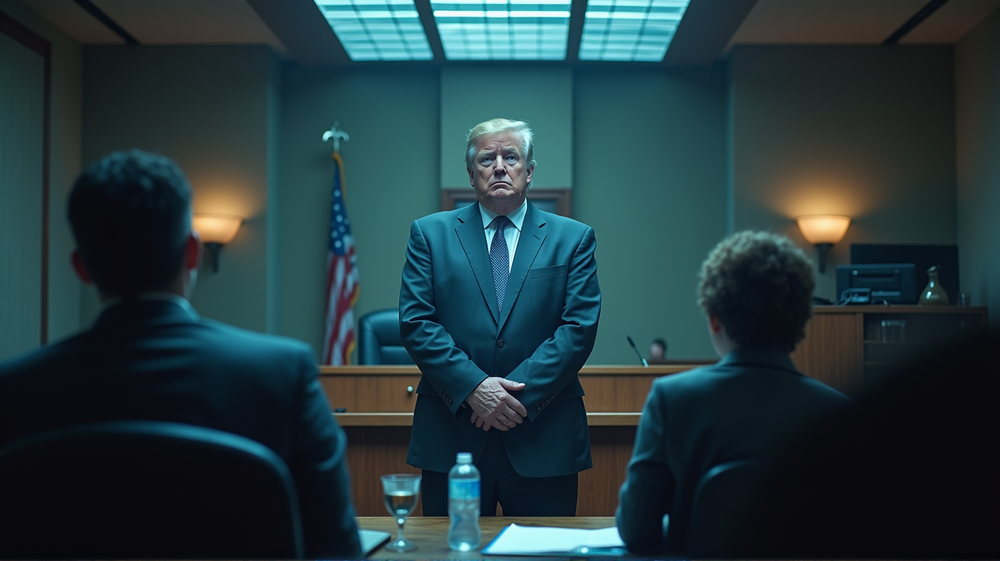Revolutionary DNA Technology Boosts Gilgo Beach Serial Killer Case
In a landmark decision that promises to reshape the landscape of forensic science, Suffolk County Supreme Court has ruled in favor of allowing groundbreaking DNA technology as evidence in the trial of Rex Heuermann, the accused Gilgo Beach serial killer. Prosecutors claim that this advanced technique links Heuermann directly to the crime, marking a significant victory against the defense’s strong objections.
Judge’s Pivotal Decision
Suffolk County Judge Timothy Mazzei has set a precedent by admitting the use of whole genome sequencing in the murder trial. This method has sparked intense debate, as it specializes in extracting nuclear DNA from challenging samples like rootless hair—a breakthrough that may tie Heuermann to at least six of his alleged victims. According to CNN, this decision is a critical triumph for the prosecution while countering the defense’s skepticism about this cutting-edge approach.
Defense’s Ongoing Battle
Heuermann’s defense team, led by Michael Brown, questioned the technology’s reliability, arguing it isn’t widely recognized within the scientific community. Despite their disappointment, they are prepared to challenge its validity during the trial through cross-examinations, keeping the legal battle alive.
The Science Behind the Case
The DNA analysis conducted by Astrea Forensics delves deep into the human genome, providing insights far beyond traditional DNA testing. This whole genome sequencing offers a comprehensive “blueprint,” enabling law enforcement to make more sophisticated connections between the suspect and the evidence.
Legal and Scientific Significance
As experts like Daniele Podini of George Washington University and Nathan Lents of CUNY John Jay College assert, the technique represents a pivotal shift in legal and forensic circles. Astrea’s technology, commonly adopted in virology and healthcare, now stands at the threshold of acceptance within the criminal justice system. This trial acts as a test case, potentially influencing future courtroom practices.
Forward into Modern Forensics
District Attorney Raymond Tierney lauds this as a monumental step forward: “This is where we’re headed in the science,” he said, enthusiastic about the DNA technology’s role in unveiling truth in criminal justice. As Heuermann’s case proceeds to a status conference on September 23, it not only challenges conventional forensic wisdom but also tests the balance between innovation and legal doctrine.




